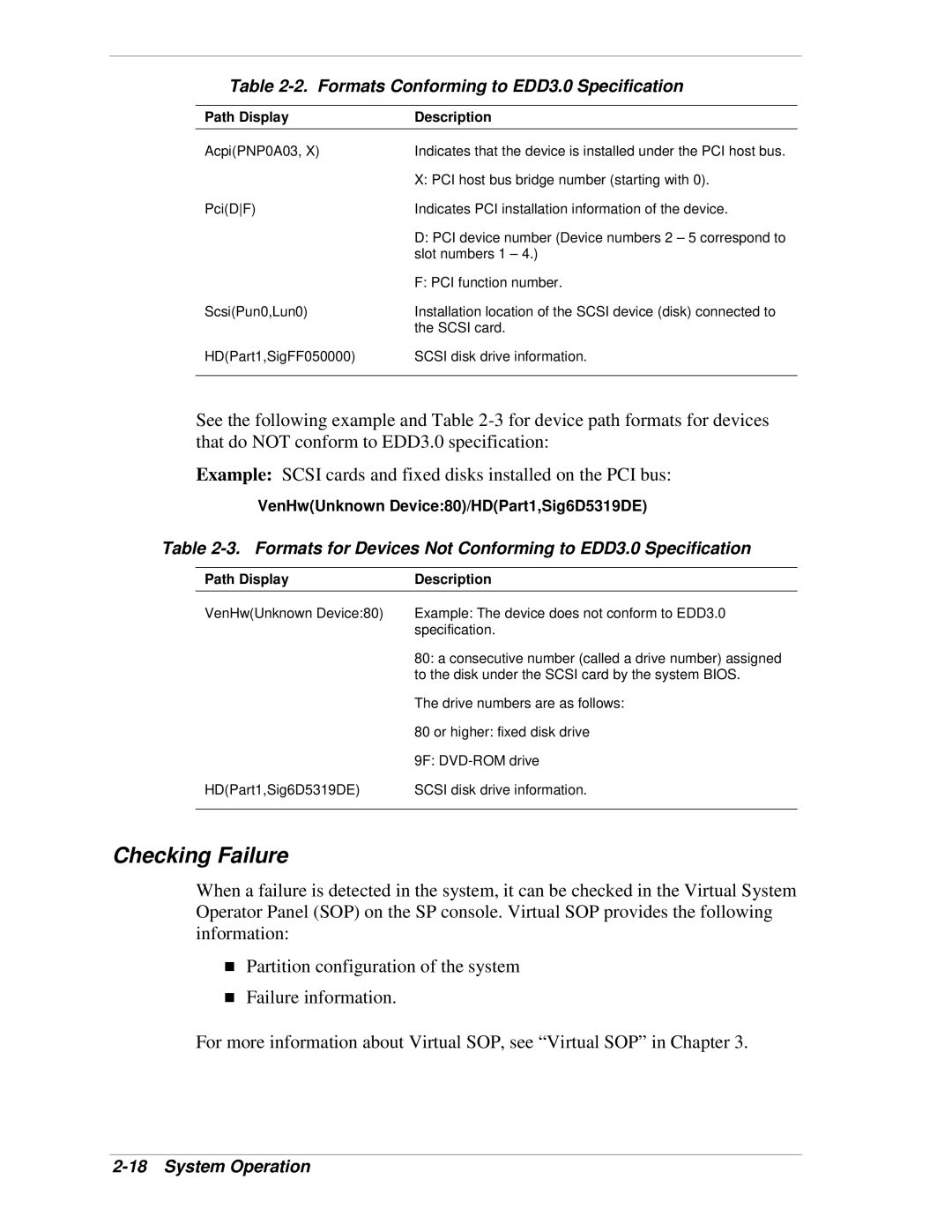
Table 2-2. Formats Conforming to EDD3.0 Specification
Path Display | Description |
Acpi(PNP0A03, X) | Indicates that the device is installed under the PCI host bus. |
| X: PCI host bus bridge number (starting with 0). |
Pci(DF) | Indicates PCI installation information of the device. |
| D: PCI device number (Device numbers 2 – 5 correspond to |
| slot numbers 1 – 4.) |
| F: PCI function number. |
Scsi(Pun0,Lun0) | Installation location of the SCSI device (disk) connected to |
| the SCSI card. |
HD(Part1,SigFF050000) | SCSI disk drive information. |
|
|
See the following example and Table
Example: SCSI cards and fixed disks installed on the PCI bus:
VenHw(Unknown Device:80)/HD(Part1,Sig6D5319DE)
Table 2-3. Formats for Devices Not Conforming to EDD3.0 Specification
Path Display | Description |
VenHw(Unknown Device:80) | Example: The device does not conform to EDD3.0 |
| specification. |
| 80: a consecutive number (called a drive number) assigned |
| to the disk under the SCSI card by the system BIOS. |
| The drive numbers are as follows: |
| 80 or higher: fixed disk drive |
| 9F: |
HD(Part1,Sig6D5319DE) | SCSI disk drive information. |
|
|
Checking Failure
When a failure is detected in the system, it can be checked in the Virtual System Operator Panel (SOP) on the SP console. Virtual SOP provides the following information:
!Partition configuration of the system
!Failure information.
For more information about Virtual SOP, see “Virtual SOP” in Chapter 3.
